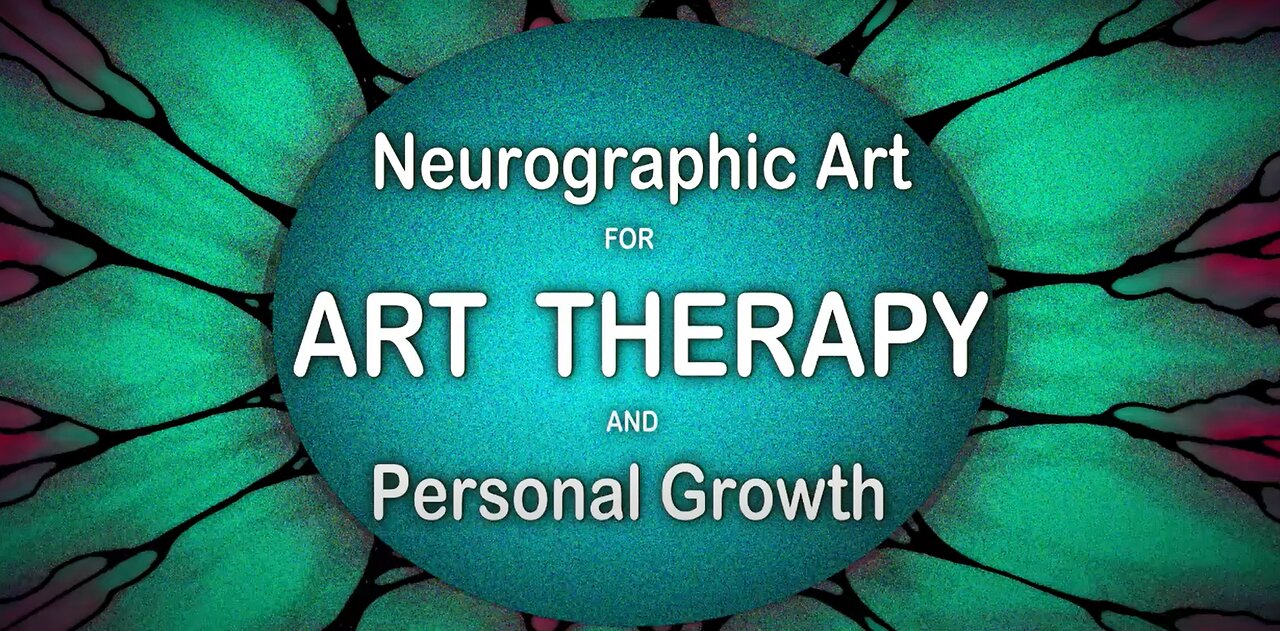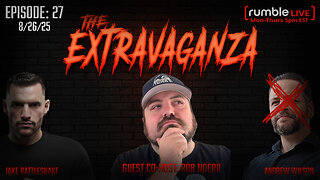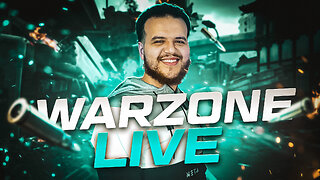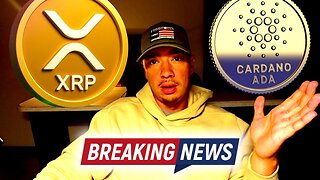Premium Only Content

Neurographic Art for Art Therapy and Personal Growth – A Comprehensive Explanation with Examples
This video shows some examples of my Neurographic Art and also includes an exercise to show how to draw and then round off the corners. This creation process is very powerful and relaxing.
My books on Amazon: Neurographic Art for Art Therapy and Personal Growth https://www.amazon.com/Neurographic-Art-Therapy-Personal-Growth/dp/B0C47YQY59/ref=sr_1_9?crid=3OSLKUOG6MLBN&keywords=neurographic+art+therapy&qid=1683770118&sprefix=neurographic%2Caps%2C1854&sr=8-9 Neurographic Art Coloring Pages https://www.amazon.com/Neurographic-Art-Coloring-Pages-Self-Expression/dp/B0C2RPGYKP/ref=sr_1_14?crid=YIBJFNC6S5B6&keywords=neurographic+art+coloring+book&qid=1683770174&sprefix=neurographic+art+coloring%2Caps%2C397&sr=8-14 The relationship between Neurographic Art and Art Therapy is based on the idea that art can be used as a tool for communication between the conscious and subconscious. In art therapy, art is used as a means of expression and communication for individuals who have difficulty verbalizing their thoughts and emotions. The use of art in therapy allows individuals to explore and process their emotions and experiences in a creative and non-threatening way. By creating Neurographic Art, individuals can explore their thoughts, emotions and experiences in a visual and tangible way, which can lead to increased self-awareness and insight. . The act of creating art can be therapeutic in itself. This can be very beneficial for individuals who have difficulty fitting into society or feel shy. The creative process of creating Neurographic Art can also lead to increased self-esteem and self-confidence, as individuals are able to create something that is unique and meaningful to them. Neurographic Art is a form of art that uses neuro lines which can be drawn with intention or without intention where you let the line goes where it wishes using your intuition. You can think about a problem or positive intentions you need to strengthen while drawing these lines. That way you are putting your intentions in your drawing. The next step is very valuable as it strengthen connections and solidify solutions. Where lines are intersecting, all sharp corners are rounded off and colored in. These rounded edges at the intersections, is said to have an emotional impact on the artist as well as on the viewer. The psychology behind rounded corners is rooted in the way our brain processes visual information. Rounded corners are easier on the eyes and the brain because they require less cognitive load to process. Our eyes are naturally accustomed to curves, and rounded corners allow for a smooth transition of visual information, while sharp corners can be jarring and disrupt the flow of visual perception. Rounded corners are also associated with feelings of warmth, trust and safety. They do not evoke the same sense of caution or danger that sharp corners do. In art therapy, round corners can create a sense of safety, which can be particularly beneficial for individuals who have experienced trauma or are dealing with mental health issues. Additionally, rounded corners are often used in design and architecture to create a more welcoming and approachable environment. They are used in baby-proofing, to make sharp edges safe, and even in nature, where everything is round and organic. The act of smoothing out sharp angles in the drawing process serves as a metaphor for addressing and resolving personal problems in life, making the path forward smoother and less burdensome. As you round off the corners in your drawing, you may notice a decrease in stress and an increased sense of ease from your subconscious. Watch more Neurograpic Art videos:
https://youtu.be/EzekVI0qTcE
https://youtu.be/IQL6YsshxOY
https://youtu.be/mHNhGQcXBiY
https://youtu.be/eO28wSepN28
https://youtu.be/rAKCk1hGY84
https://www.youtube.com/shorts/yQnbnx8FMm0
-
 LIVE
LIVE
StoneMountain64
6 hours agoWARZONE LEGEND RETURNS. GHILLIE SUIT $20k TOURNEY.
160 watching -
 1:06:33
1:06:33
TheCrucible
3 hours agoThe Extravaganza! EP: 27 with Guest Host: Rob Noerr (8/26/25)
21.1K2 -
 LIVE
LIVE
GloryJean
9 hours agoHide & Seek Tournament w/ Spartakus, StoneMountain64 & Stevie
58 watching -
 LIVE
LIVE
Reidboyy
6 hours agoNEW FREE FPS OUT ON CONSOLE NOW! (Delta Force = BF6 with Killstreaks)
23 watching -
 1:37:26
1:37:26
Redacted News
3 hours agoHIGH ALERT! DID UKRAINE JUST DECLARE WAR ON HUNGARY? ZELENSKY DEMANDS MORE CASH FROM NATO | REDACTED
157K85 -
 LIVE
LIVE
Akademiks
6 hours agoDrake got finessed w/ Fake Chain? Drake vs hip hop media. Cardi B in court. Did Young thug SNITCH?
976 watching -
 9:00
9:00
Zach Humphries
1 day ago $0.30 earnedXRP and CARDAO working together now?
8.75K1 -
 58:42
58:42
Sarah Westall
3 hours agoIt’s Big Big Money – Trafficking People is Intertwined in Business & Politics w/ Natly Denise
24.9K4 -
 LIVE
LIVE
LFA TV
13 hours agoLFA TV ALL DAY STREAM - TUESDAY 8/26/25
877 watching -
 1:49:34
1:49:34
The Quartering
6 hours agoToday's Breaking News With Melonie Mac & Hannah Claire Brimlow!
173K197